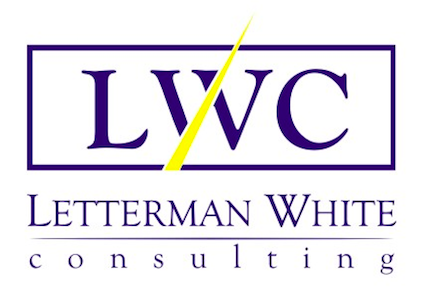By Susan Letterman White
Implementing culture change for organizational goals of increased revenue and profit, actual inclusion and equity, or stronger capabilities and productivity never happen unless the collective organization system is sufficiently ready.
One of my first consultation projects was for a professional services firm that had hired another consulting firm to create a strategic plan, which sat on a shelf, collecting dust. This was before the digital revolution. Recently, in the local news, I read of a city (not our client), whose leaders were criticized publicly for not making the changes recommended in the city’s diversity, equity, and inclusion strategic plan delivered over 18 months earlier. These cases demonstrate the complexity of a culture change project and that even the best strategic plans do not spur people into action if collectively, they are not ready. But, when is the system ready for a culture change?
Over forty years ago, Beckhard and Harris developed a cost-benefit formula to explain change readiness. (1) It asked the question:
Is the collective dissatisfaction with the status quo plus the clarity and desirability of the vision for the future plus the knowledge of what to do to change, greater or less than the personal cost of change or points of resistance to change?
Impediments to organizational change readiness may be logistical barriers or psychological barriers. Often, both are present.
Logistical readiness means that an organization has sufficient resources, capabilities, information flow and a low level of competing demands on the people expected to design an implementation strategy and then execute it. Sufficient resources means that the organization has enough empowered leaders to serve on a Steering Committee to design an implementation strategy, and also sufficient resources to follow through. Capabilities are sufficient when people tasked are able to distill goals into discrete actions, develop implementation plans that clarify who will do what by when and how, and have the ability and desire to create the changes anticipated. Information must be available to the people who need it when they need it and they must be able to use it effectively and efficiently. Finally, because time is the most precious resource, if there are competing demands on the people involved, their ability to design and executive the implementation plan will be split and diluted.
This is what typical implementation planning involves. Someone convenes an Internal Steering Committee that may decide to seek perspectives and assistance from an External Steering Committee. Committee members design the implementation plan details and after roles and responsibilities are assigned, execution begins. At some subsequent time, data is collected to assess the progress toward the goals of the original strategic plan. The process iterates or is scaled up. Logistical readiness means people have the resources and capabilities to make specific changes happen. How strong is your organization’s collective confidence that people have the necessary resources and capabilities to implement the complex organizational change envisioned?
Psychological readiness is more complicated. It’s about people’s emotions and beliefs. Changing those is much more difficult than changing a single process. In fact, changing collective beliefs and feelings may require multiple, simultaneous changes (2) to the organization context combined with powerful, prolific, and persuasive communication.
A typical implementation process for organizational change requires collective action by many people. When people are not similarly and strongly committed, problems arise and resistance may grow. (3) Additionally, because people generally process change as a loss, the organization needs an “adaptive” or “growth” culture to overcome resistance flowing from the fear people have of making a mistake and embracing anything that is new and different.
The emotions and beliefs related to commitment flow from how important, beneficial, and worthwhile changes are perceived to be. How strong is the collective belief that the changes proposed are urgently needed, solve an important organizational problem, or will produce benefits for them personally? Do the changes resonate with the collective core values? Are the changes clearly and obviously supported by the collective’s formal leaders, opinion leaders, and peers?
An organization’s culture will
An adaptive or growth culture encourages motivation, passion, taking risks, being curious, making and learning from mistakes, tenacity, and resilience. Unfortunately, many organization cultures have a fixed theory of intelligence, a belief that intelligence is a stable trait based on sheer brainpower and IQ. This is a serious source of resistance to creating a culture of equity and inclusion, physical or psychological safety, or innovation of any sort. What do your policies, processes, and procedures signal to people about embracing any culture change? What criteria are being used formally and informally to evaluate performance?
As an organization leader, when your goal is to change culture, begin by assessing system readiness for change and developing a strategic plan to increase readiness well before it is time to design the implementation strategy.
(1) Beckhard, R. and Harris, R.T. (1977). Organizational transitions: Managing complex change. Reading, MA: Addison-Wesley Publishing Company.
(2) Weiner, B.J., A theory of organizational readiness for change, Implementation Science (2009).
(3) Id.






